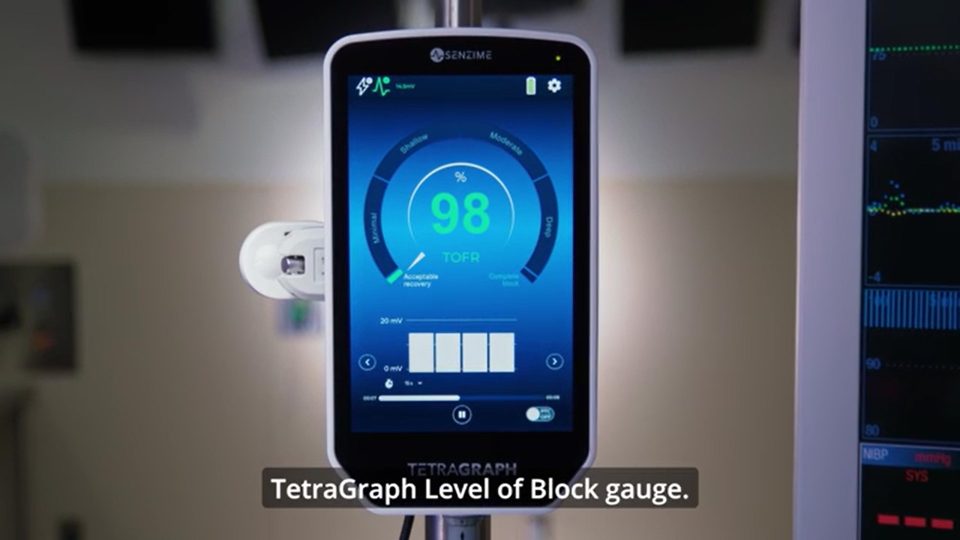Senzime AB (Nasdaq Stockholm Main Market: SEZI, OTCQX: SNZZF), a Swedish medical device company, is taking a broader approach to advancing anesthesia care. The company has launched a Medical Affairs division and introduced Senzime Academy, an open-access education platform aimed at helping clinicians worldwide adopt best practices in neuromuscular monitoring.
Senzime has built its reputation on precision-based perioperative monitoring solutions, particularly with its flagship TetraGraph® system. Now, the company is positioning itself not just as a device manufacturer, but as a partner in scientific research and education. CEO Philip Siberg says the new initiatives are designed to support providers in implementing evidence-based practices that can improve patient outcomes.
The newly formed Medical Affairs division will serve as a bridge between clinical research and everyday medical practice. Led by Jen Sanders, Director of Clinical and Medical Affairs, the division plans to collaborate with academic centers, anesthesia providers, and perioperative teams. Its mission is to help translate the latest research into practical solutions, support the adoption of best practices, and raise awareness about the risks of residual neuromuscular block (rNMB), a complication that can occur after surgery when muscle relaxants are used.
By acting as a hub for clinical collaboration, the division aims to foster a global community focused on improving anesthesia safety and effectiveness.
To encourage the widespread use of neuromuscular monitoring, Senzime has launched Senzime Academy. This digital platform offers clinicians on-demand training in quantitative train-of-four (TOF) monitoring and detailed guidance on using the TetraGraph system. The Academy features video modules, real-world clinical case examples, and implementation guides tailored for both adult and pediatric care settings.
The goal is to make it easier for anesthesia teams to access practical education and confidently integrate these monitoring tools into their workflows.
Senzime’s TetraGraph system is the result of more than 40 years of research in neuromuscular monitoring. The device uses electromyography (EMG) technology to provide precise, real-time data on muscle function during surgery. According to the company, TetraGraph has been evaluated in 19 peer-reviewed publications, making it the most studied EMG-based neuromuscular monitoring system on the market.
Currently, TetraGraph is used in over 3,500 operating rooms worldwide. Its technology helps clinicians comply with guidelines from organizations such as the American Society of Anesthesiologists (ASA) and the European Society of Anaesthesiology and Intensive Care (ESAIC). These guidelines recommend quantitative monitoring to reduce the risk of complications associated with residual neuromuscular block.
While neuromuscular monitoring is critical in many types of surgery, Senzime highlights its particular value in specialized areas such as robotic-assisted procedures, pediatric anesthesia, and enhanced recovery after surgery (ERAS) protocols. By providing accurate, real-time feedback, TetraGraph supports precise dosing of muscle relaxants and helps safeguard patients from anesthesia to recovery.
Senzime’s expansion into clinical affairs and education reflects the company’s commitment to supporting the broader anesthesia community. By investing in both technology and knowledge-sharing, Senzime is positioning itself to play a larger role in the ongoing evolution of perioperative care.
For clinicians, hospital administrators, and investors, these developments signal a company that is focused not just on selling devices, but on building long-term partnerships that can drive meaningful improvements in patient safety and outcomes.

